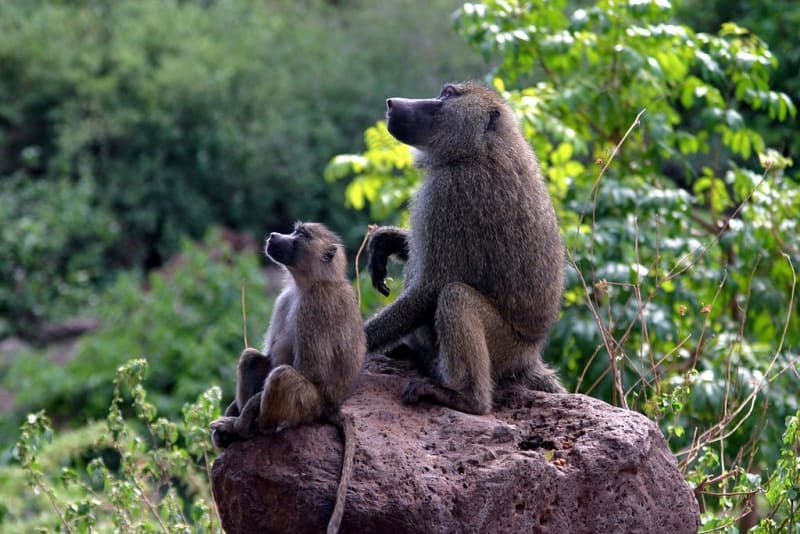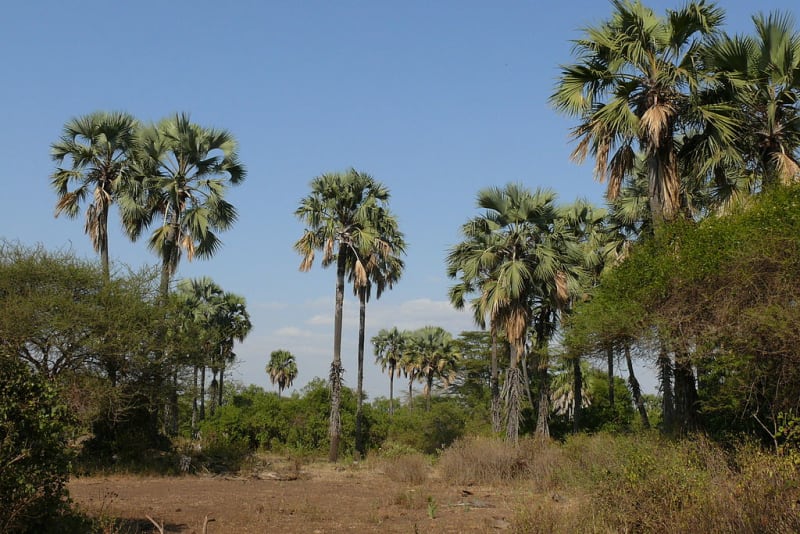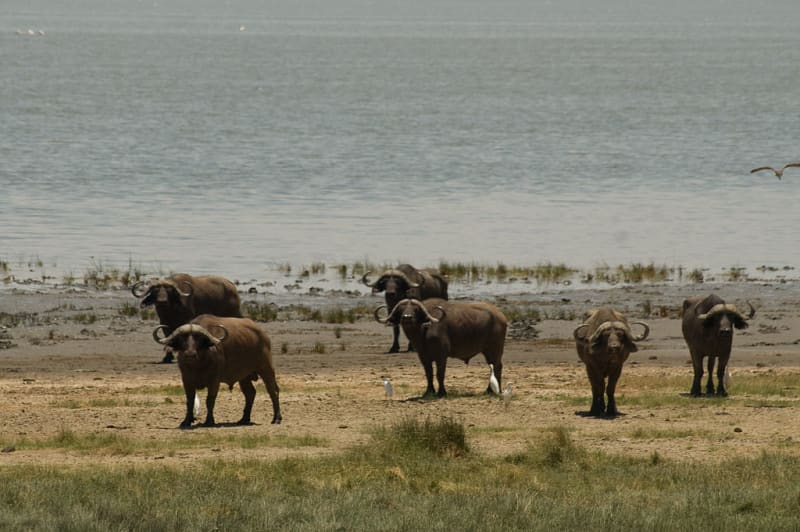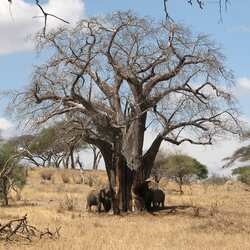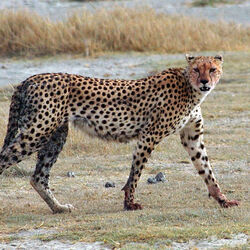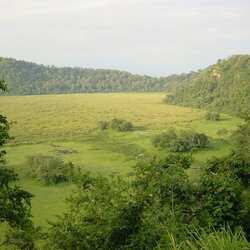National Park Lake Manyara
Lake Manyara is a national park in Tanzania, located on the way from the Arusha region to the Crater National Park and Serengeti National Park. Ernest Hemingway, having visited Lake Manyara, called it "the most beautiful place in Africa." Euphorbia tirukalle is found in large numbers near the lake, it is often used as a hedge by pastoralists. The name of this plant is translated from the Maa language as "emanyara", hence the name of the lake.
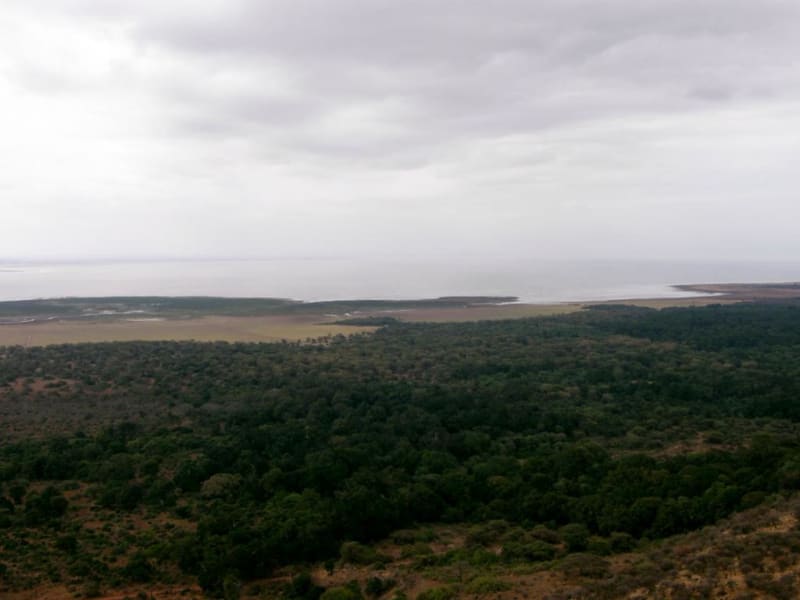
In 1957, the lake became a nature reserve, and since 1960, Manyara has been declared a national park. In normal condition, the lake area is 200 km2, during rains it increases to 330 km2. The heights in the park range from 960 to 1,478 meters. Although the park is small in size, it has absorbed all the best of the country: rift valleys, a picturesque lake, inaccessible slopes.
Lake Manyara occupies almost the entire territory of the park, which shrinks in size during a drought, revealing salt-covered shores. The Massai tribe living here uses this salt to make a special snuff. Volcanic rock can be found in the northern part of the park, mainly solid crystalline rocks are found in the southern part, and hot springs can be found where the rift approaches the lake.
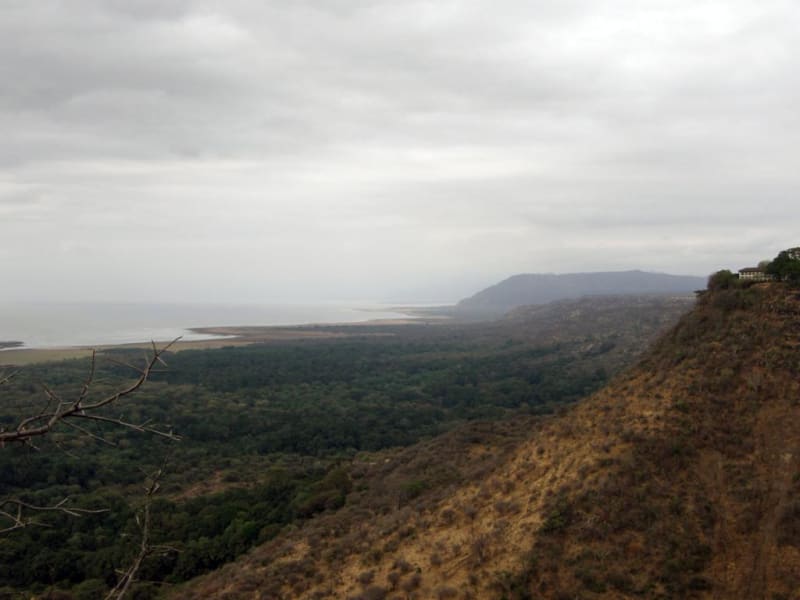
The flora and fauna of the park are very diverse. There are a huge number of African elephants within the borders of Lake Manyara National Park, which have been looked after here since 1966. According to the latest calculations of scientists, the density of elephants is 6 individuals per km2. In addition to elephants, you can meet buffaloes, lions, impalas, black rhinos, zebras, giraffes, African warthogs, wildebeest. In addition to mammals, the park is home to a colossal number of four hundred species of birds, among which it is worth noting flamingos, which have flooded the shores of Lake Manyara with tens of thousands of individuals. In general, Lake Manyara is a paradise for bird watchers. After all, there are pelicans, cormorants, storks, ibises, vultures, eagles.
There are several vegetation zones in Lake Manyara National Park. In the eastern part of the lake lies a forest area, which is fed by underground springs. Here you can meet: ficus, croton, pigtail. In the western part, cereals and baobabs predominate. In the northern part, you can find narrow-leaved cattail, and in the southern, capers and sausage trees. A date palm can be found everywhere in the park.
Approximately 650 mm of precipitation falls in the park annually. The main precipitation falls in November - December and February - April.

